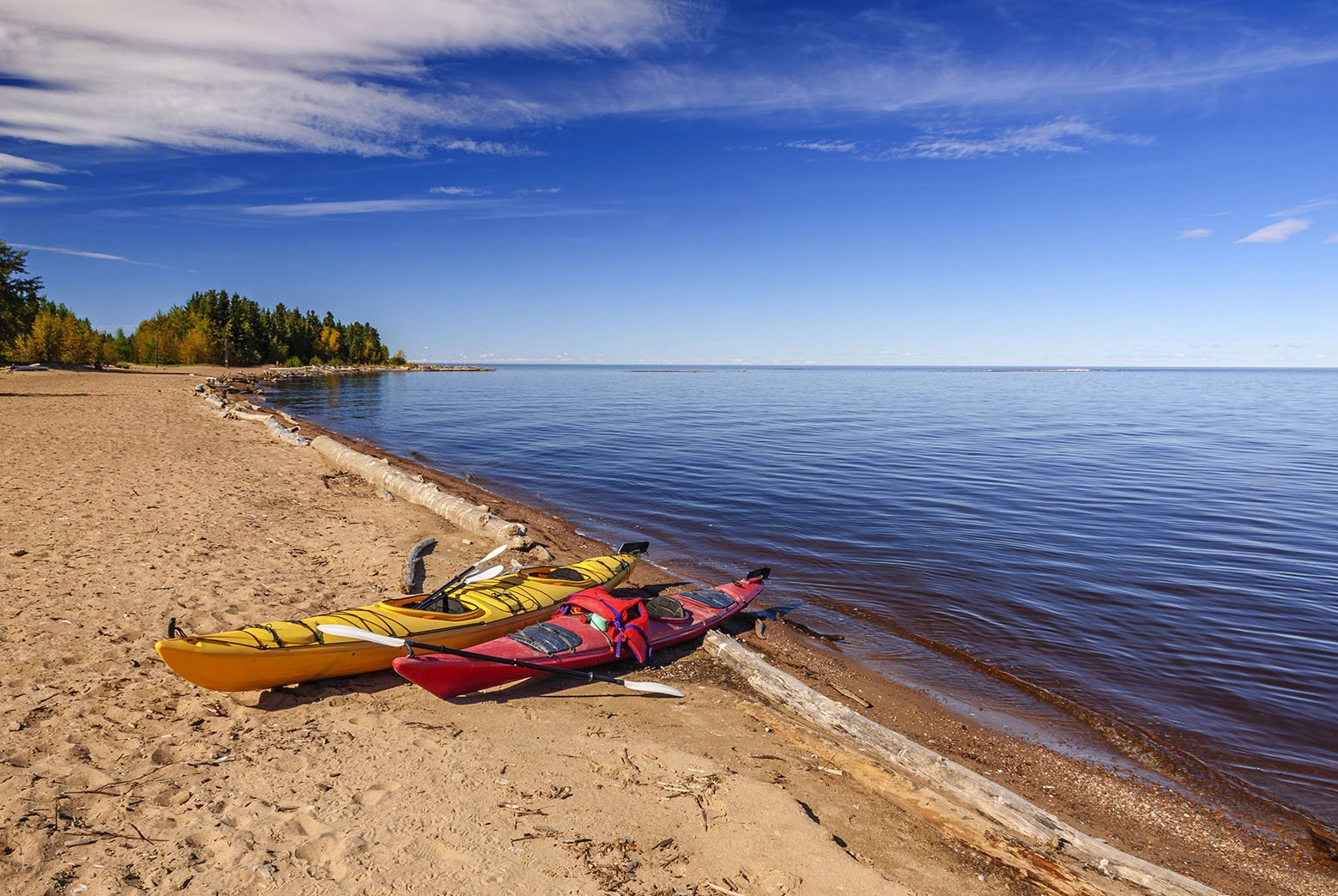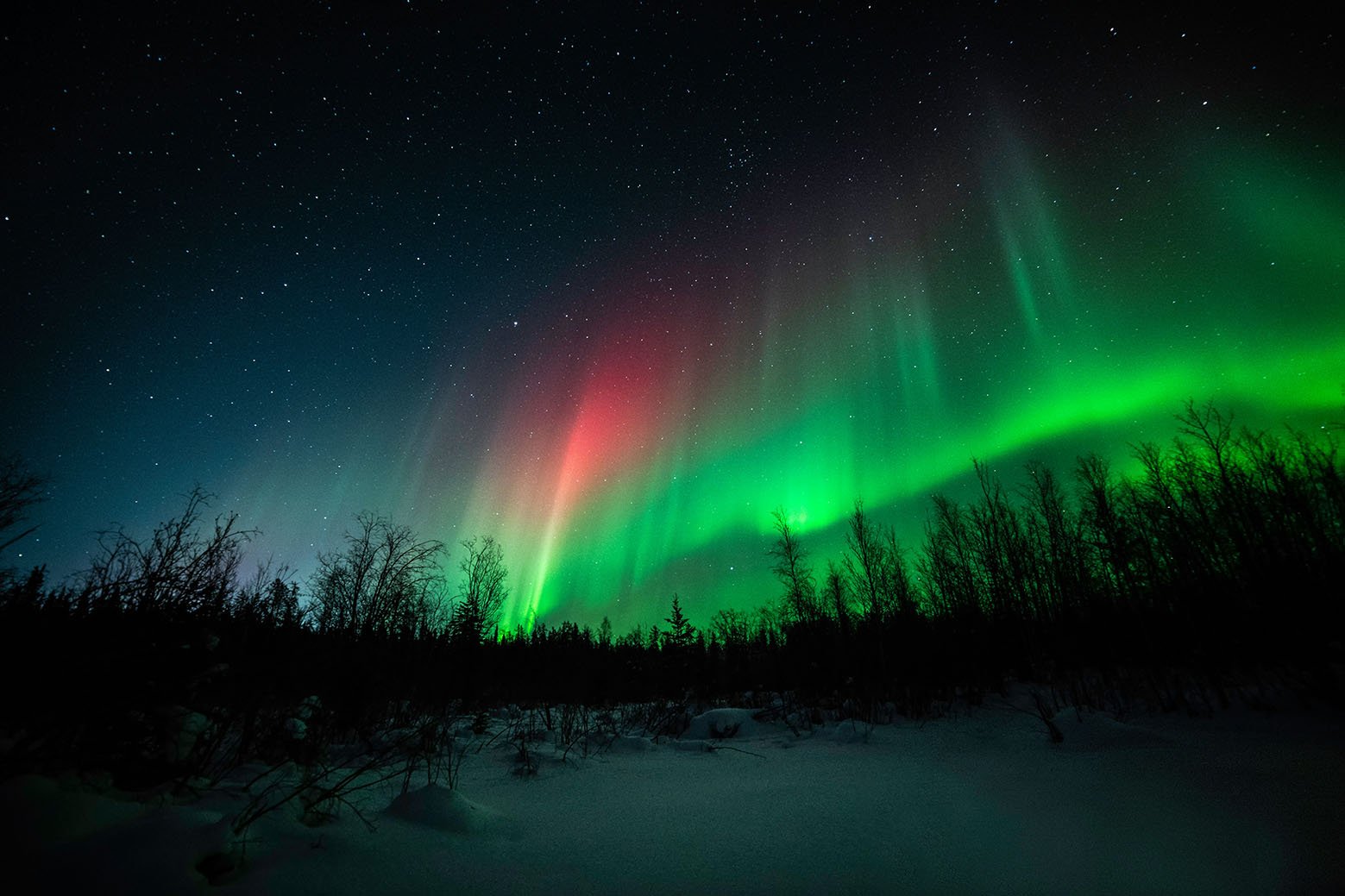About Us
Yellowknife, the capital of the Northwest Territories in Canada, is located on the northern shores of Great Slave Lake.
This strategic geographical location has historically made it a central hub for trade and communication, especially during the gold rush era in the early 20th century. The city’s name is believed to be derived from the indigenous Yellowknives, a group of the Dene people known for their use of copper tools, which were akin to the yellow-colored metal found in the area.
As the capital, Yellowknife serves as a political and economic cornerstone of the Northwest Territories. It is a city characterized by its unique blend of modern amenities and rich cultural heritage. The population largely consists of indigenous peoples and settlers who have come together to create a vibrant community. This diversity is reflected in the city's numerous cultural festivals and events that celebrate its indigenous roots, local art, and traditions, making it a true cultural melting pot.
Visitors to Yellowknife are often drawn by its stunning natural landscapes, which include the breathtaking Aurora Borealis, frequently visible during winter months. This natural phenomenon casts a spellbinding glow across the night sky, attracting tourists from around the world who seek to experience the magical dance of lights. Moreover, Yellowknife's proximity to vast wilderness areas offers numerous outdoor recreational activities, including fishing, hiking, and snowmobiling, catering to both adventure seekers and nature lovers alike.
Yellowknife
Unique Experiences

Museums and Cultural Centers
Yellowknife, located in the Northwest Territories of Canada, is home to a rich tapestry of history and culture, which is prominently displayed through its museums and cultural centers. These institutions serve as vital resources for locals and visitors alike, offering insights into the region's unique heritage and artistic expression. One of the standout establishments is the Prince of Wales Northern Heritage Centre, a must-visit for anyone interested in the history and culture of the Northwest Territories.

Great Slave Lake
The Great Slave Lake is not only one of the largest freshwater lakes in North America, but it is also a prominent feature of the landscape in Yellowknife, Northwest Territories. Spanning over 28,000 square kilometers, the lake is a key component of the region’s natural allure and cultural heritage. Its pristine waters and beautiful surrounding wilderness draw visitors year-round, making it a central hub for various recreational activities.

The Aurora Borealis Experience
One of the most captivating attractions in Yellowknife is the magnificent Aurora Borealis, commonly known as the Northern Lights. This natural phenomenon encompasses vibrant hues of green, pink, and purple that gracefully dance across the night sky, drawing in countless visitors seeking to witness a mesmerizing light display. The best time to observe the auroras in Yellowknife is between late August and early April, when the nights are dark and the conditions are optimal. Particularly, the months of February and March tend to provide the clearest skies and greatest frequency of auroral activity.
